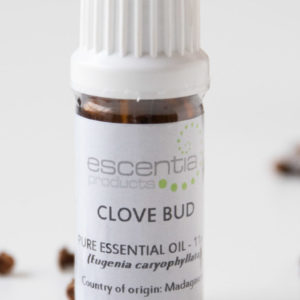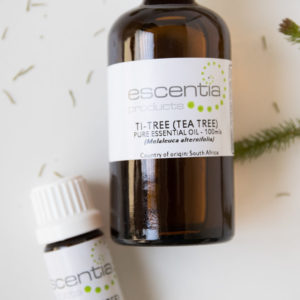Escentia – Pine Needle Essential Oil (11ml, 22ml)
Price range: R84.28 through R165.12
- Pinus sylvestris. Family Pinus Sylvestris – Europe, Russia, The Baltic States and Scandinavia.
Description
Pine Needle essential oil
-
Common name:
Forest Pine, Scots Pine, Norway Pine.
- Botanical (and family):
Pinus sylvestris. Family Pinus Sylvestris - Distribution:
Europe, Russia, The Baltic States and Scandinavia. - Description of plant:
A tall evergreen tree to 40 metres, with reddish-brown, deeply fissured bark and long, stiff needles which grow in pairs. It has pointed, brown cones. -
Extraction:
Steam distillation of the needles; dried. It should be noted that there are many species of Pine from which oil is extracted, including the turpentine-type “Pine oil”, which is distilled from the woodchips of the heartwood. This oil is not indicated for therapy, other than possibly as a foot disinfectant and deodoriser.
-
Charactersitics:
A pale yellow mobile liquid with a strong, balsamic-pine like odour.
MIDDLE NOTE - Odour effects:
Fresh and uplifting. - Cautions:
Many other Pine species can be more toxic. Stick to Sylvestris in small doses. -
Main chemical constituents:
Bornyl acetate, terpinyl acetate – 5%
Citronellal, citral – 1%
Cryptone – 1%
Caryophyllene, cadinene, copaene, guaiene, farnesene – 5%
Cuminaldehyde, anisaldehyde – 2%
Alpha-Pinene, Beta-Pinene, limonene, camphene, phellandrene, dipintene, terpinenes, myrcene, sabinene – 70%
Borneol, terpinen-4-ol, cadinol – 2% -
Properties and indications:
MIND:
Good for feelings of weakness and debility. Freshens a tired mind.
BODY:
Potent antiseptic, helping bronchitis, laryngitis and influenza. Eases respiration and clears the sinuses. A general kidney cleanser, known to be effective with cystitis, hepatitis, and prostate problems. Reduces inflammation of the gall bladder, and could stimulate the adrenal glands. Stimulates circulation and may relieve rheumatism, gout, sciatica and arthritis. Compresses, directly applied, can be effective in this regard. Beneficial for muscle pain and stiffness. Relieves digestive problems, especially intestinal. May have some effect on metritis. (Inflammation of the uterus)
SKIN:
Good for congested skin and may have a healing action on cuts and skin irritations. -
Other uses:
Fragrance component in soaps, detergents, and cosmetics. A flavour ingredient in major food products, alcoholic and soft drinks.
- Blends well with:
- Cedarwood, Cinnamon, Clove, Cypress, Eucalyptus, Lavender, Myrtle, Niaouli, Rosemary, Thyme, Ti-Tree.
Additional information
| Size | 11mls, 22mls |
|---|



